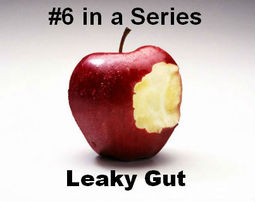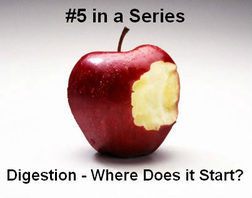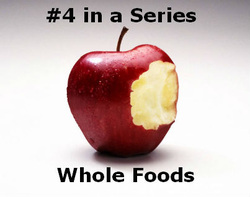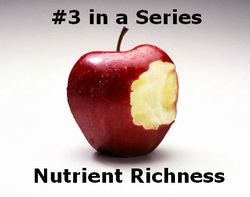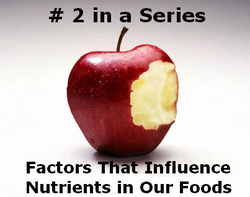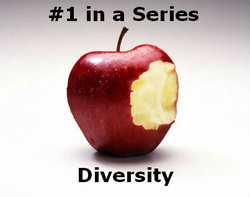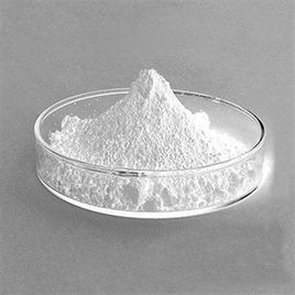
Reducing sugar and refined carbohydrate intake along with regular excise is indeed one of the biggest benefits to us in our quest for lowering blood sugar. But there are certain nutrients and supplements that also help with high blood sugar and diabetes if we have adequate amounts. One that I will focus on for this post is magnesium.
Dr. Carolyn Dean, in her book, The Magnesium Miracle, states that magnesium deficiency may be an independent predictor of diabetes, and serves as a relatively new marker for the disease.
The majority of people do not have optimum levels of magnesium. A good test that we have available for testing magnesium is RBC (red blood cell) magnesium or Intracellular Magnesium, but it is not routinely ordered. The magnesium test that most people get is the serum magnesium test, but this particular intracellular magnesium test measures the magnesium within the cells (intracellular) where most magnesium is found. Since it is not routinely ordered, you would need to ask specifically for this test. What would be an optimum level to have for this RBC or intracellular magnesium test? You want to be in the upper range with 6.0-6.5 mg/dL, according to Dr. Dean.
Magnesium can be found in dark leafy greens, dairy products, meats, seafood, nuts, blackstrap molasses, seaweed, soybeans, seeds, nuts, wheat germ, whole grains and even chocolate. Since magnesium is found in so many foods, why then would we become magnesium deficient? Magnesium content in foods varies greatly depending on the magnesium content in the soil in which the food was grown. Also, magnesium is lost in the industrial processing of the food, and in how the food is finally prepared. For instance, boiling food in water causes magnesium to leach out into the water.
Another reason for low magnesium would be that even though adequate magnesium may be taken in, it does not mean that our bodies absorbed and utilized the adequate amounts. Many factors come into play here. For one, not having enough stomach acid prevents us from absorbing all that we ingest. Low stomach acid may be the result of the aging process as well as taking antacid medications, consuming too much alcohol, being under too much stress, and other factors that would be good to discuss in another post.
Diabetics in particular lose a lot of magnesium in the urine because of increased urine flow as the kidneys try to rid excess glucose from the blood. And yet another route of magnesium loss or depletion is due to prescription medications such as diuretics, blood pressure pills, steroids, birth control pills, and certain diabetic medications. All will rob the body of some magnesium.
How can magnesium help to regulate blood sugar? Insulin is a hormone we produce that acts like an escort to blood sugar guiding it into our cells where the blood sugar is most needed. Insulin requires magnesium. In a magnesium depleted diet, insulin becomes less effective at its job. Both insulin and magnesium are important for blood sugar regulation and they are dependent on each other.
Magnesium supplements come in many forms. The form most easily found on shelves is magnesium oxide. This form is not very well absorbed into the cells so it makes a great laxative, but is not preferred as the best form for cell absorption. Magnesium glycinate is one of my favorite forms and is one of the most absorbable forms. This form is also good for sleep, so take it at bedtime. Another good form is Magnesium Citrate. This would be a good one for issues with kidney stones. Always check with your doctor first if you are having trouble with kidney stones, however.
How much magnesium do you need to take? For optimum health, the basic Optimum Daily Intake for magnesium is 500-750mg. for men and women, according to The Real Vitamin and Mineral Book, by Lieberman and Bruning. Start slow and ramp up to reach this optimum intake. If you get too much, you will know since you will have loose stools, then back down a bit. I like to take magnesium at night as it has a muscle calming effect, but you can take divided doses at morning and night. This way, it keeps a steady supply in your system.
Another way to get more magnesium is through skin absorption. You can add 2 cups Epsom salt to your bathwater or soak your feet in an Epsom salt foot bath. Epsom salt is magnesium sulfate. Still another way is to spray on magnesium oil after a bath. Some people say they get a stinging feeling which stands to reason since it is a salt. With time I have found that this goes away. It feels much like a swim in the ocean and can be sticky feeling for a while, but give this a try since it really is a good way to get more magnesium. You can purchase this or you can make your own. There are many sources on the web explaining how to make this.
If you are a diabetic, it would be wise to check your blood sugar (glucose) levels while starting a magnesium supplement to see the effect magnesium may have, but first, It is always encouraged to tell your doctor when starting any new supplement, especially if you have kidney, liver, or heart disease, or you are on prescription medications since some supplements and pharmaceuticals might have a combined negative effect.
What is your call to action? I would suggest keeping track of your blood glucose levels over time and also getting tested for intracellular magnesium. If you are not in optimum range, than I would suggest finding ways to supplement with magnesium as I have mentioned in this post. Then retest to see how you are doing.
Contact me for more information. I'll be glad to order professional quality supplements for you, including magnesium.

